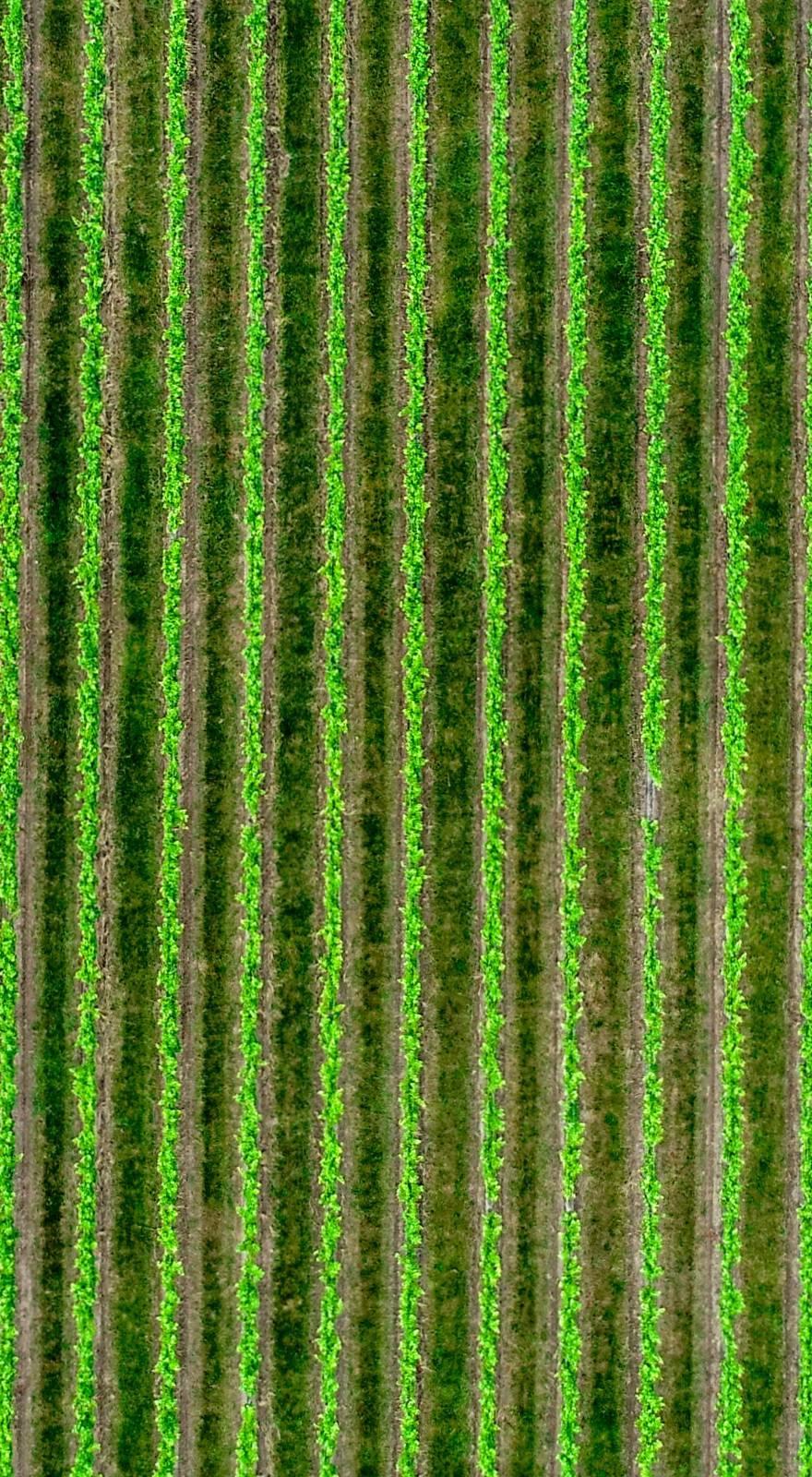Knowde Enhanced TDS
Identification & Functionality
- Agrochemical Functions
- Technologies
- Product Families
- Guaranteed Analysis
Total Nitrogen (N) (Ammoniacal Nitrogen) 2.0% Available Phosphate (P2O5) 8.0% Soluble Potash (K2O) 14.0% Copper (Cu) (Chelated Copper (Cu)) 0.1% Iron (Fe) (Chelated Iron (Fe)) 0.1% Derived From: Potassium Hydroxide, Ammonium Phosphates, Kelp (potassium source), Copper EDTA and Iron EDTA.Chelating agent is EDTA (ethylenediaminetetraacetic acid). Chlorine (CI) maxmimum 0.3%
Features & Benefits
- Agrochemicals Features
Applications & Uses
- Markets
- Applications
- Applicable Crop
- Application Technique
- General Information
- GREENSTIM is a proprietary liquid fertilizer formulation containing macro and micro nutrients, sea plant extracts from (Ascophyllum nodosum) Kelp. This exclusive formula promotes the vigorous growth of plants. Foliar fertilization is intended as a supplement to regular fertilization program and will not, by itself provide all the nutrients normally required by agricultural crops.
- GREENSTIM can be applied to all crops including but not limited to vegetable crops, avocados, grapes, melons, row crops, deciduous fruit and nut trees,citrus, strawberries, cranberries, hops and mint, cucurbits, lettuce, beans,tobacco and ornamental crops.
- GREENSTIM through the result of its ability to promote the plant’s own natural growth process, is a cost effective way for growers to encourage robust growth. GREENSTIM’s Potassium encourages root growth and helps plants resist disease by strengthening natural resistance mechanisms, stalks and stems. It is also involved in the opening and closing of leaf pores (stomata), controlling the flow of water in the plant and improving resistance to drought. By helping plant cells maintain their turgidity, they increase plant tissue strength reducing breaks and tears that become entry points for pathogens. It can serve as a catalyst within a plants system, and is essential both for translocation of sugars and for starch formation.GREENSTIM’s natural plant fertilizer extracts assist developing feeder roots which enables the plant to be more effective and efficient in the uptake of nutrients.
- Directions For Use
GREENSTIM should be used on all crops in a foliar application at the rate of 1 to 8 pints per acre. Timely applications give the best results. GREENSTIM may be used at any time to help alleviate crop or nutritional stress and maintain healthy growth. Applications may be applied by ground or air in sufficient water for coverage. For specific crop recommendations, contact your Farm Advisor, PCA, or a Company Representative.
- Application in irriigation water
GREENSTIM may be applied through drip, microjet or center pivot systems. Apply 1 to 8 pints of GREENSTIM per acre.
- Suugested Application USes
- ALFALFA, CORN, BARLEY, WHEAT, MINT and HOPS: Apply 1 to 4 pints per acre as needed during crop and nutritional stress conditions.
- ALMONDS, WALNUTS, PISTACHIOS, HAZELNUT and OTHER NUT CROPS: Apply 1 to 4 pints per acre. Applications should begin at green tip and continue every 3 to 4 weeks up to nut fill or as needed during crop and nutritional stress conditions.
- APPLES, PEARS, STONE AND OTHER POME FRUIT: Apply 1 to 4 pints per acre. Applications should begin at green tip and continue every 3 to 4 weeks up to harvest or as needed during crop and nutritional stress conditions.
- BANANAS, RUBBER, PASSION FRUIT, PALM OIL: Apply 1 to 4 quarts per acre as needed during crop and nutritional stress conditions.
- BROCCOLI, CAULIFLOWER, CUCURBITS, BEANS, PEAS, LETTUCE, SPINACH, STRAWBERRIES, PEPPERS, TOMATOES, TOBACCO and OTHER VEGETABLES: Apply 1 to 4 pints per acre. Applications should begin at transplanting or at the second true leaf. Subsequent applictions may be made at 10 to 14 day intervals or as needed during crop and nutritional stress conditions.
- CARROTS, BEETS, ONIONS, and GARLIC: Apply 1 to 4 pints per acre. Applications should begin after transplanting or thinning. Subsequent applications may be made at 10 to 14 day internals or as needed during crop and nutritional stress conditions.
- CITRUS, MANGOES and AVOCADOS: Apply 1 to 4 quarts per acre.Applications should begin at pre-bloom. Make subsequent applications every 30 days up to harvest or as needed during crop and nutritional stress conditions.
- GRAPES: Apply 1 to 4 pints per acre. Applications should begin at first bloom and continue every 10 to 14 days as needed during crop and nutritional stress conditions.
- NURSERY and ORNAMENTAL CROPS: Apply 1 to 4 pints per acre as needed during crop and nutritional stress conditions.
- POTATOES: Apply 1 to 4 pints per acre at saucer stage or as needed during crop and nutritional stress conditions.
- RASPBERRIES, BLUEBERRIES CRANBERRIES and CANEBERRIES: Apply 1 to 4 pints per acre pre-bloom and continue applications every 14 to 21 days or as needed during crop and nutritional stress conditions.
Properties
- Physical Form
Safety & Health
- Precautions
- Wash hands with soap and water before meals and after work.
- Store in the original container tightly closed, in a dry place. Store away from children, pets, livestock and foodstuffs.
- Information regarding the contents and levels of metals in this product is available on the internet at http://www.aapfco.org/metals.htm
- Use this product in accordance with good agronomic practices, which include utilizing proven spray equipment set for proper coverage. Do not make applications when
- temperatures are too hot, as crop damage may occur. Applications should be made at temperature levels and when other environmental conditions in your area are such that your experience indicates the application will be compatible and will accomplish the desired result.

